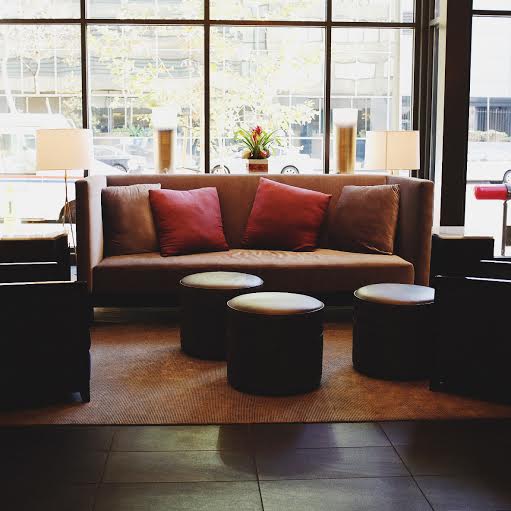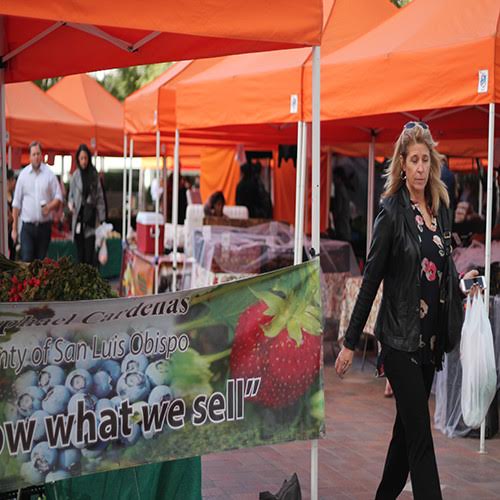
One can find functioning bike share systems in Phoenix, Miami, Santa Monica, Chicago, New York City, Boston, Berlin and London
It is Los Angeles' turn to take a spin
Wait a minute. What has taken the second largest city in the United States half a decade to start?
After years of failed attempts to reach better public transportation in downtown Los Angeles, Metro decided to take their money elsewhere and try something entirely different.
However, there are a few bumps in the road that need re-paving.
Metro invested the $11-million contract in Bicycle Transportation Systems, who proposed a plan comparable to that found in several major U.S. cities now.The opening Metro system will include 1,100 bikes in an area spreading from downtown to the University of Southern California campus near the Coliseum. The program allows customers to return rentals to any kiosk.
Once the initial plan kicks off, Metro anticipates expanding the system to Pasadena in 2017, and ultimately spread to Hollywood, Venice and East Los Angeles.Presently, the downtown L.A. bike share program targets people who need to take short trips, such as between their home and a nearby train station.
Orion Martindale travels primarily by train, but with an unpredictable schedule and not a lot of time for exercise, a bike share program connecting populous cities is beneficial.
“I would probably use it. I’m a freelancer in TV so my nest job could be somewhere else, I never know, so it would be helpful there.” Martindale explained.
Several residents and commuters do not own bikes and would seemingly be the primary users of bike sharing, however this was the usual case.
Frequent bikers who ride the Metro and carry their bikes on with them to travel are running into an increasing amount of difficulty.
Phillip Adamczyk recently moved to Los Angeles and was not quite welcomed with open arms, instead, he said hello to city congestion and a constant struggle due to his means of transportation.
Keleon Miller rides his bike three miles to the Metro station, catches the Dash to another stop, and bikes another half of a mile to reach his workplace five days a week.
“I’ve had hard times. I’ve almost missed my stop trying to get off when it’s crowded sometimes. I have trouble coming from work when a lot of people are on bikes or when I’m waiting for a bus and there’s already two bikes on there.” Miller stated.
He proceeded to explain to me how these incidents have made him late to work in the past. Having only two racks on a crowded public bus and no designated space for bikes on a train raises major issues and an even greater demand for the bike share programs completion.
Luckily, progress on the bike share system is speeding by faster than ever, but it is nowhere near perfect.
Metro transit officer, Mohammed Serhal said, "I wouldn’t put 30 bikes out here. Somebody isn't gonna bring that bike back, I guarentee it"
Serhal said what many were thinking when they heard that to unlock bikes for the bike share program, you would simply use your TAP card. Metro’s plan to secure that bikes are not taken home, forgotten or stolen has not been publicly discussed in detail thus far, however, it will look something like this.
In the starting months, riders of bike share who purchase monthly passes will get a TAP card, but a different one than is currently used by Metro passengers. This card is issued through Bicycle Transit Systems, Inc.The card will only be functional to unlock bikes, not to take the Metro.
Approaching the end of 2016, riders will be able to use their Metro TAP cards to unlock bikes by entering their TAP card number when purchasing a bike share pass. This may offer for a successful way to track the bikes and the user associated with them.
The bikes will be available at all hours of the day every day and potential riders will be able to check their availability via a smartphone app.


